For me yes. Going full frame was the reason I started to actually take pictures using DSLS's. Having said that, and if you have a legacy collection of DX lenses (the full frame sensor will just crop to suit) then maybe a D2X(s) would be a good choice. It handles very well and is probably pretty affordable these days. It was the first DSLR I bought that I actually enjoyed using and I bought it just before the D3 was announced. Bad timing of me as the full frame turned out to be just what I'd been looking for and the D3 / D700 is a superb camera. Similarly, the M9 is, for me, far better than the M8 (although I know that many really like the VF in the 8.2). MF backs were always excellent as far as I was concerned but it wasn't until I went FF on smaller formats that I felt that I was getting the images I wanted. Noise on the FF Nikon's is superbly controlled (and very film like when present) and the depth of field is much more satisfactory when shooting with 'fast' lenses. If you get the chance, I'd recommend trying a FF body.

